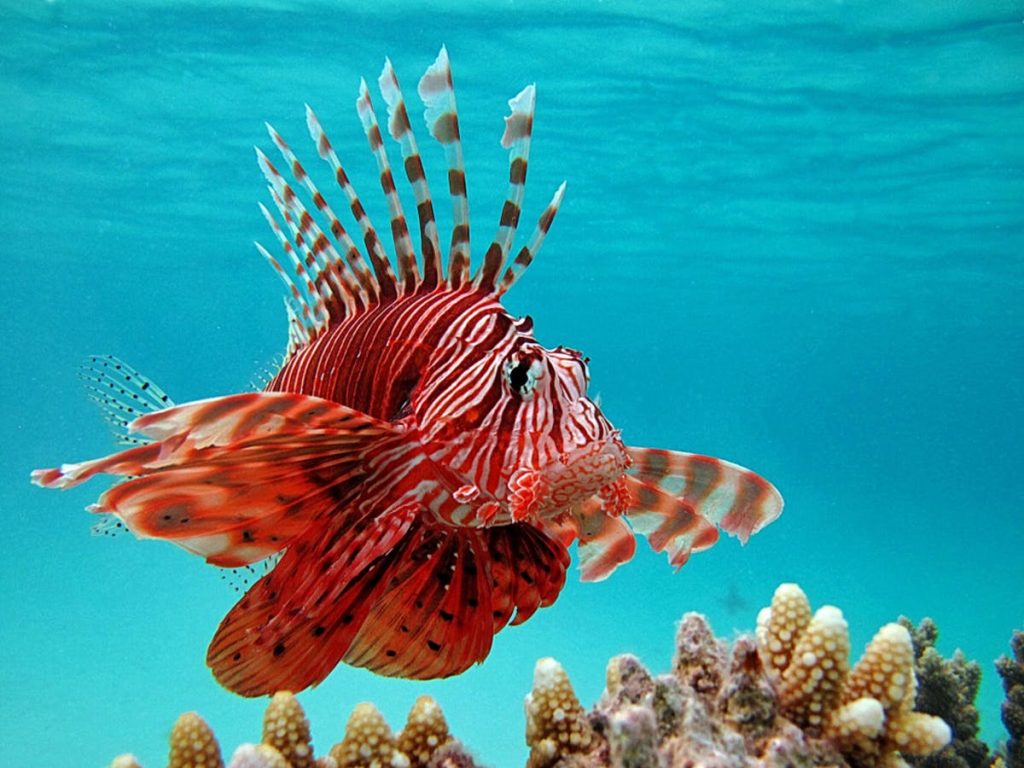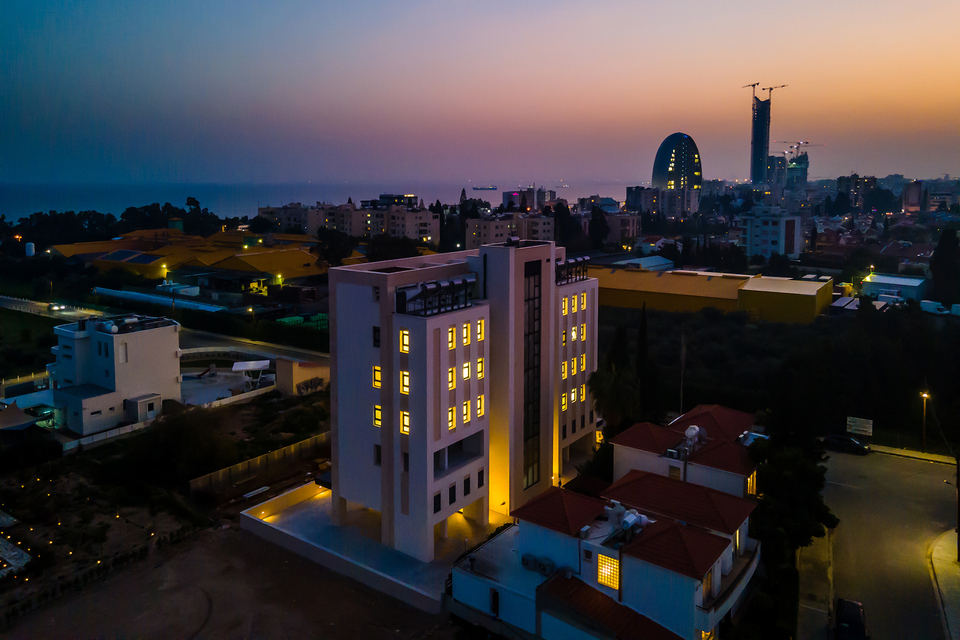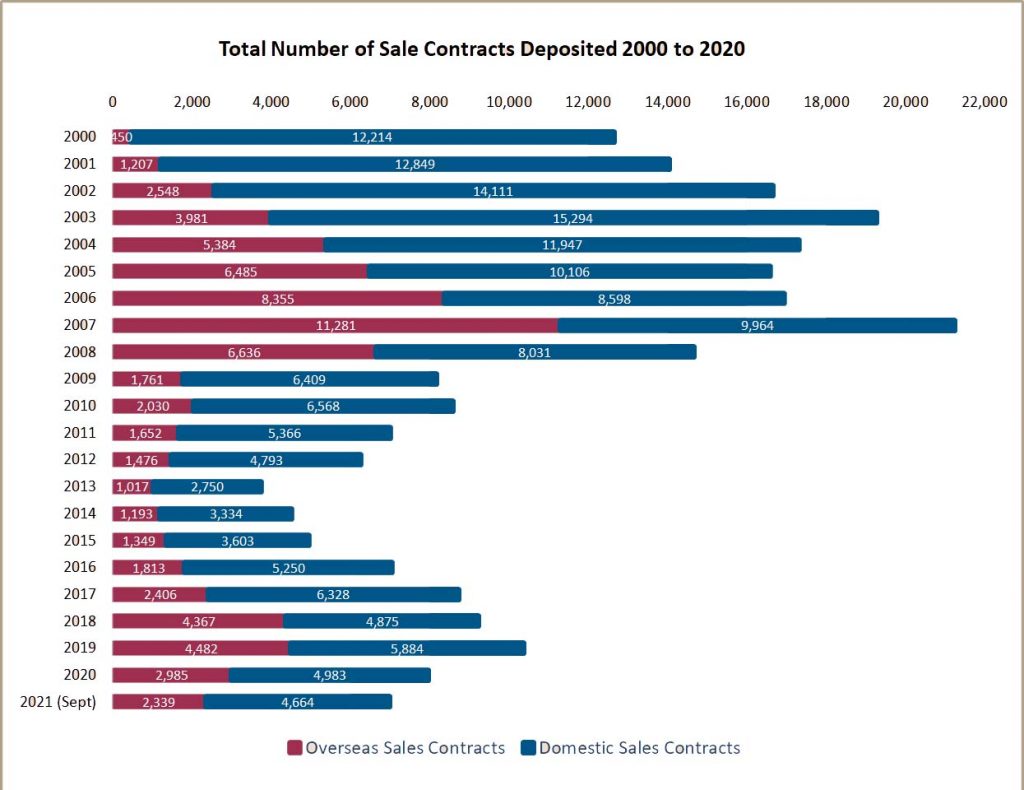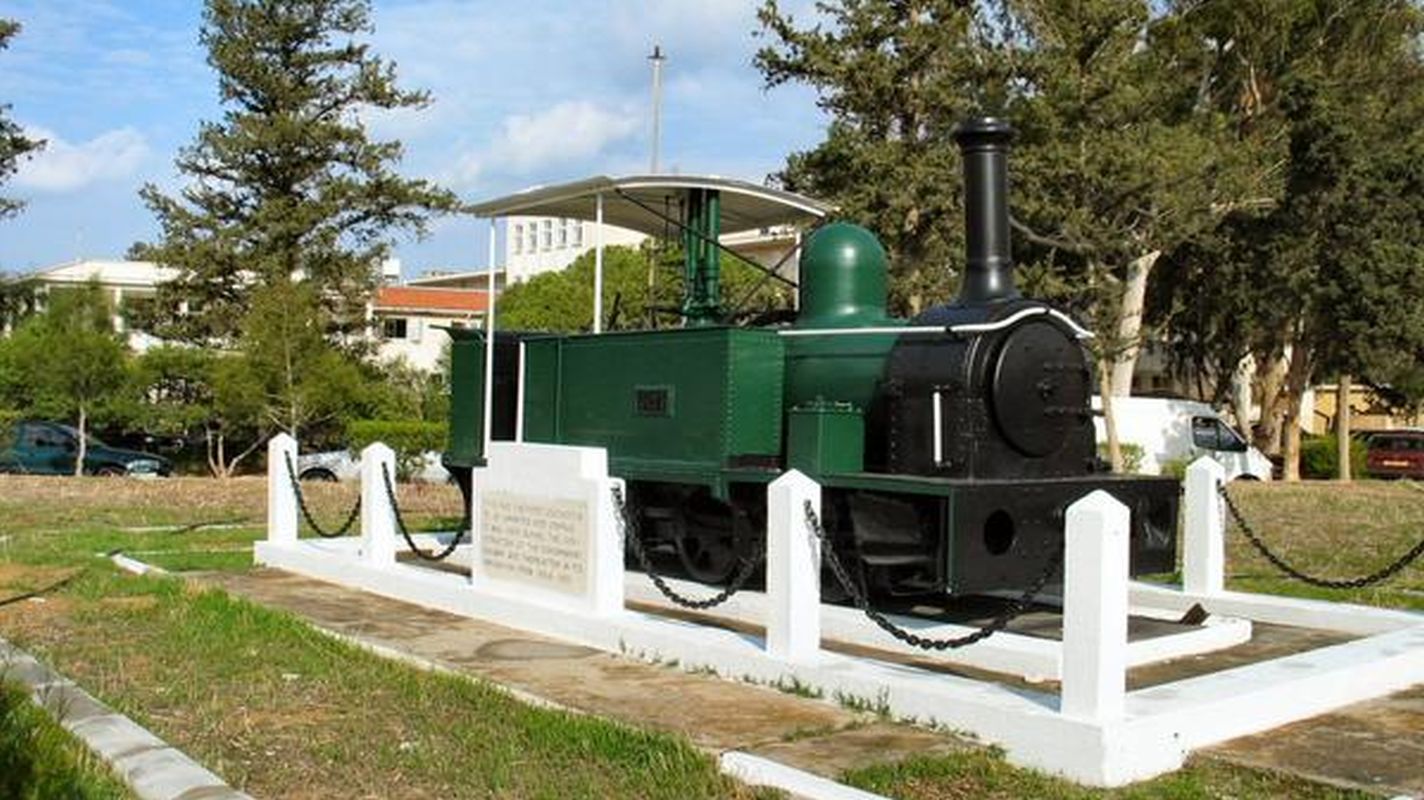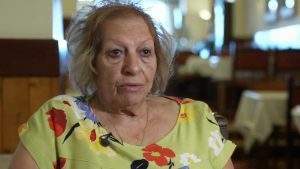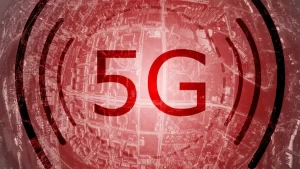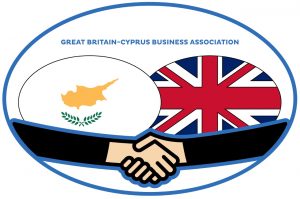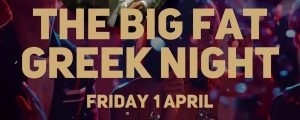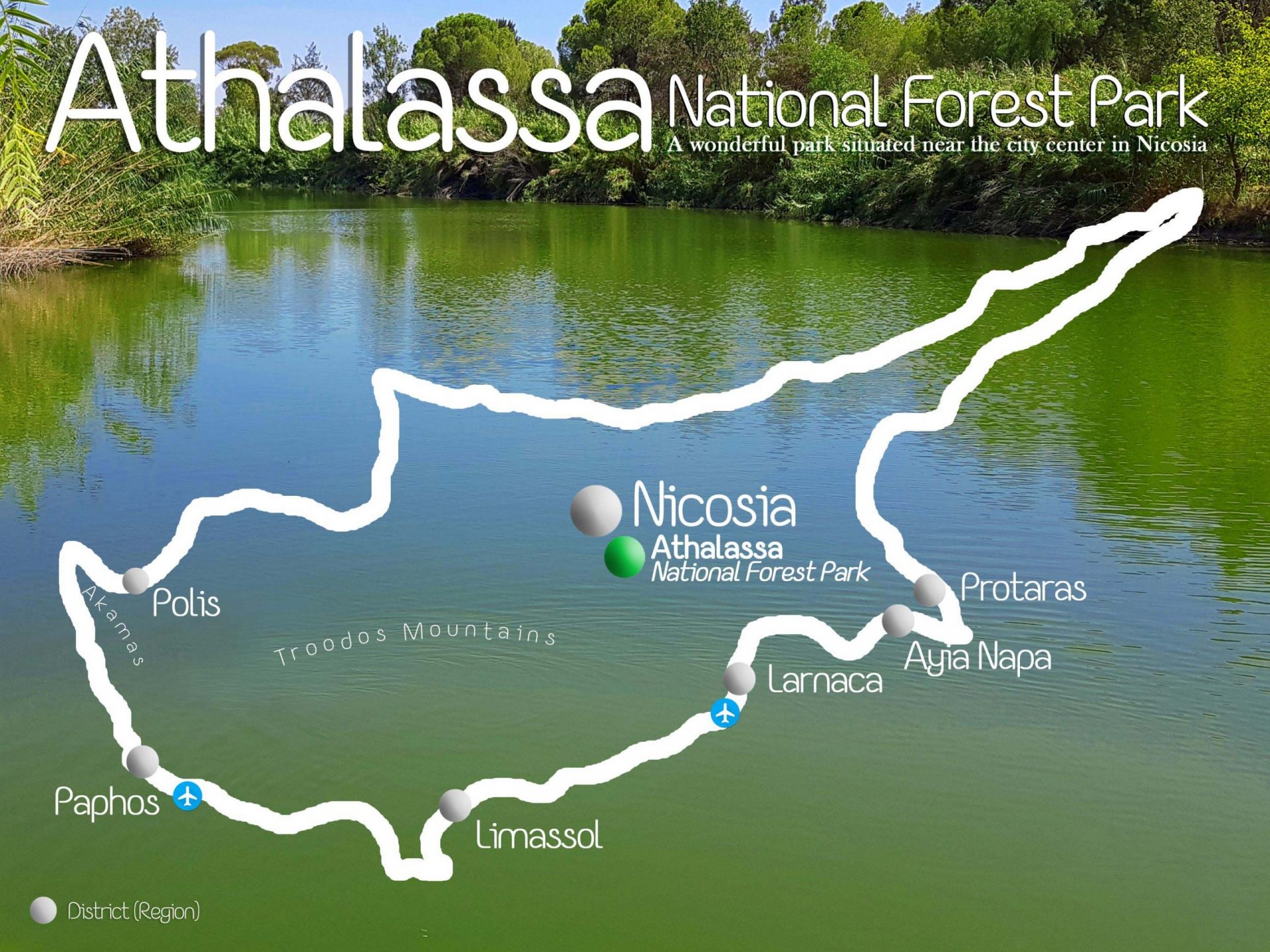
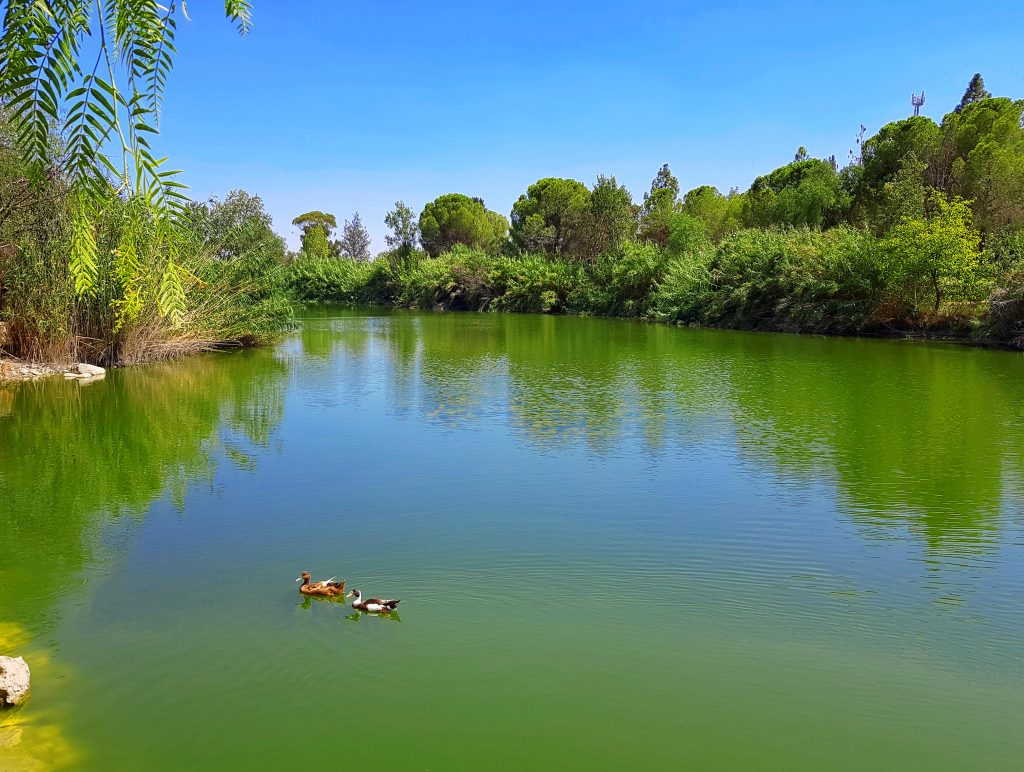
Located on the south-eastern edge of the city of Lefkosia (Nicosia), Athalassa National Forest Park has a total area of 840 hectares and is an oasis of greenery with many endemic, indigenous trees, shrubs and herbs. Athalassa was declared a National Forest Park in 1990, based on the provisions of the Forestry Legislation. It is located in the southeast of Nicosia and is surrounded, in the north by Aglantzia, in the south west by Strovolos, and Latsia and in the southeast by Geri.
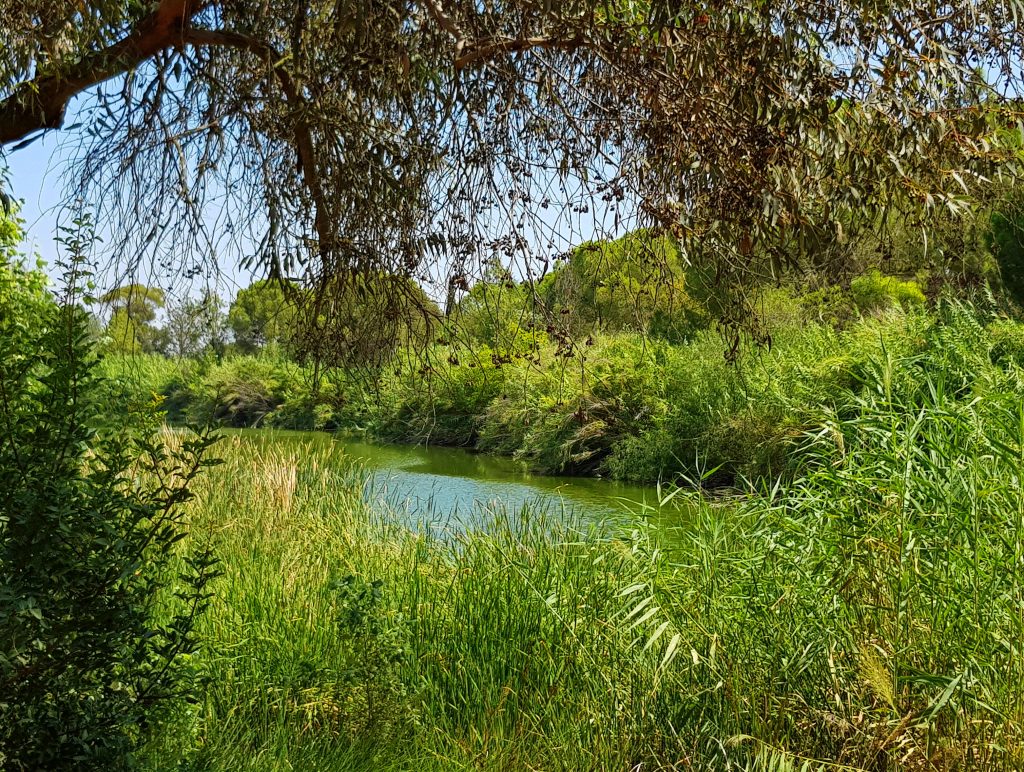
In addition to its primary function as space and green lungs, the Park is offered for outdoor recreation activitied, physical exercise and environmental education and training. The Park is becoming increasingly important for the capital, mainly because of its geographical position – as it is easily accessible to the public- , but also because it is the largest free area of green areas in the wider region.
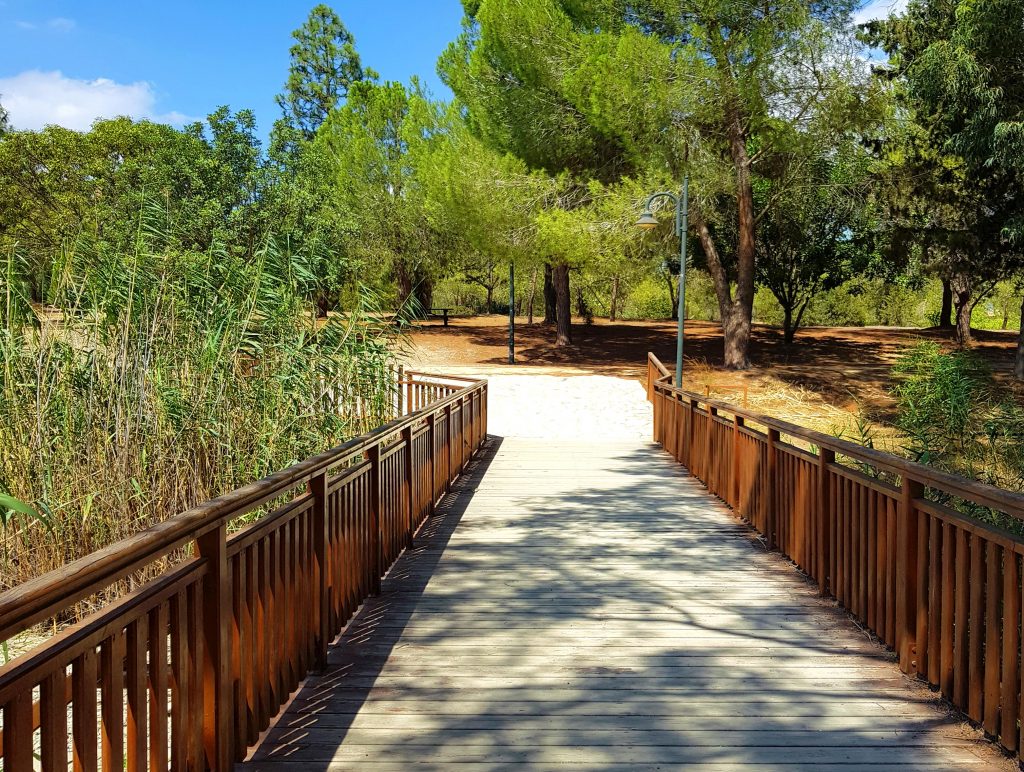
Geological samples, fossils and related objects are exhibited in a separate room, and visual material is used to present the local fauna and flora.
Its network of trails – covering 20 kilometres – makes it a popular place for cycling, walking and dog walking (on a designated pathway).
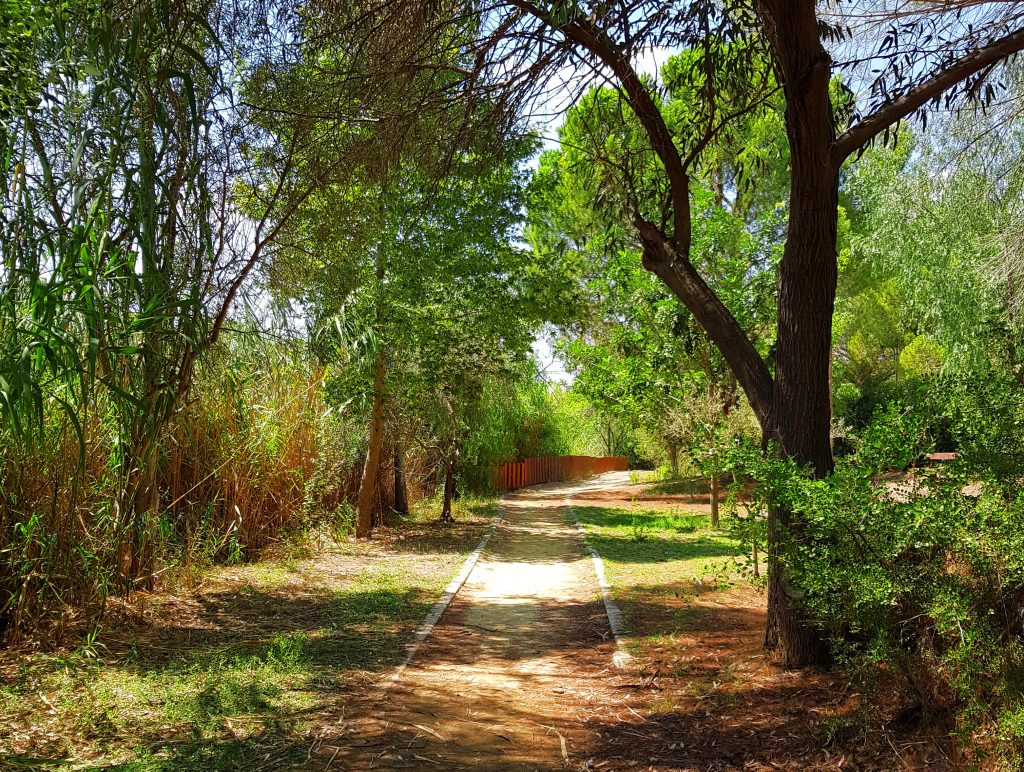
A park to walk, run or cycle. The best place for training in Nicosia. One gets the impression that they are in a forest. There is also a lake in the park something that makes Athalassa a very friendly destination for families with children.
The Botanical Gardens are open daily and are free of charge to visit, whilst the grounds of the park also incorporate a Visitor’s Centre that provides information about the environmental features of the park. A scale model replica of the park shows its basic natural features, vegetation and recreational facilities, whilst dioramas give three-dimensional representations of the area’s vegetation, birds, mammals and reptiles.
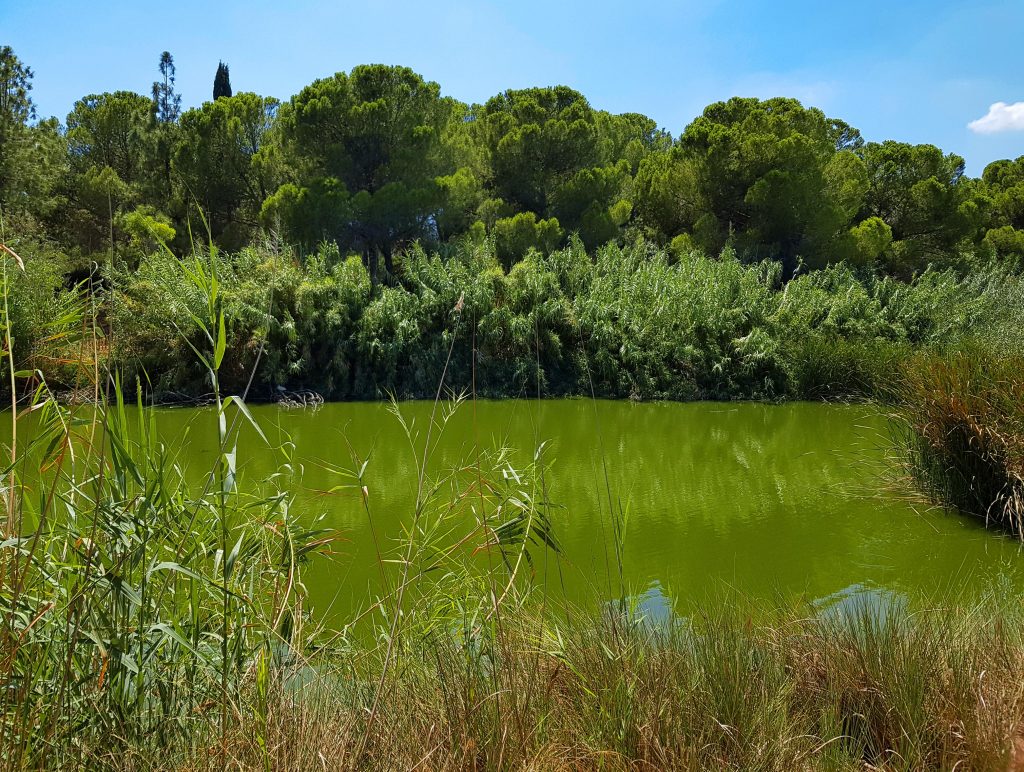
WHY LOCALS LOVE IT
It is the biggest green area in the capital and locals love to go there for a walk to cycle or simply to relax and appreciate all the wildlife that finds refuge there. There are also picnic facilities, which locals like to use on the weekends.
WHY YOU SHOULD VISIT IT
There are picnic facilities on the park, as well as sports ground and cycling paths, which makes the park a nice alternative for tourists. In addition, there is also a bird observation point, where people can learn more about the birds that live or visit the island.
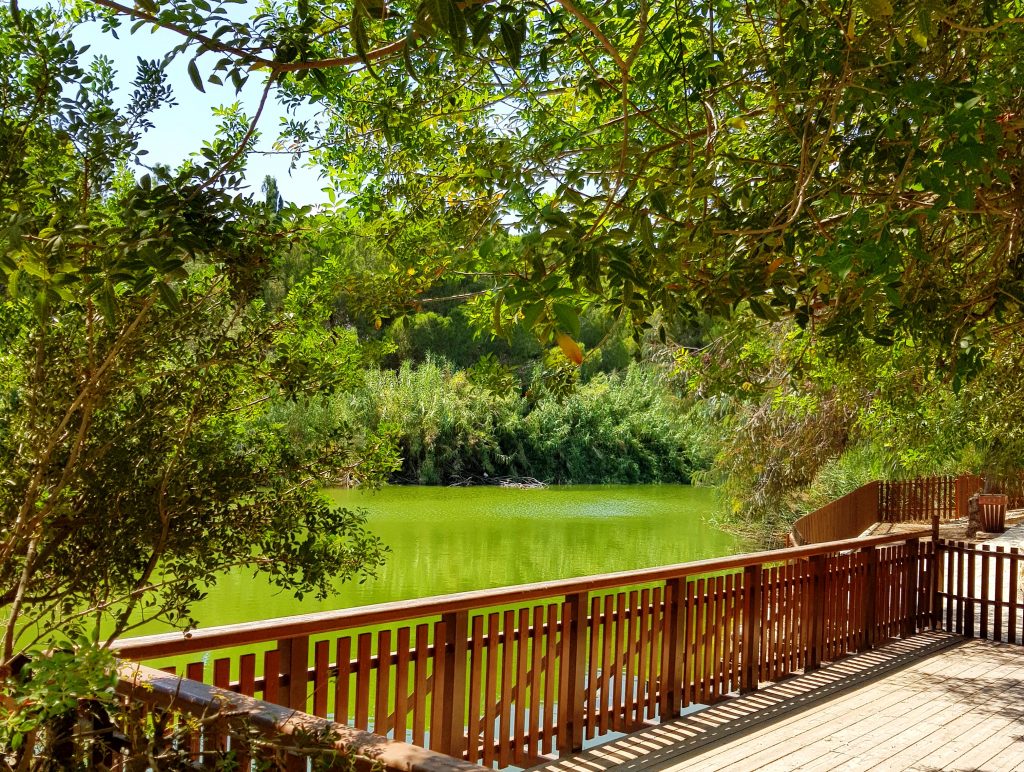
SPECIAL TIP
Going there early in the morning is a unique experience!
THE VISITOR CENTRE
The Visitor Centre of the Athalassa National Forest Park is situated on the northeastern edge of the Agios Georgios Park, by the corner of the Kyreneia and Athalassa avenues, in Aglantzia. It is administered by the Department of Forests and was opened to the public in May, 2004. The buildings of the Centre are old government buildings restored by the Department of Forests in collaboration with other authorities.
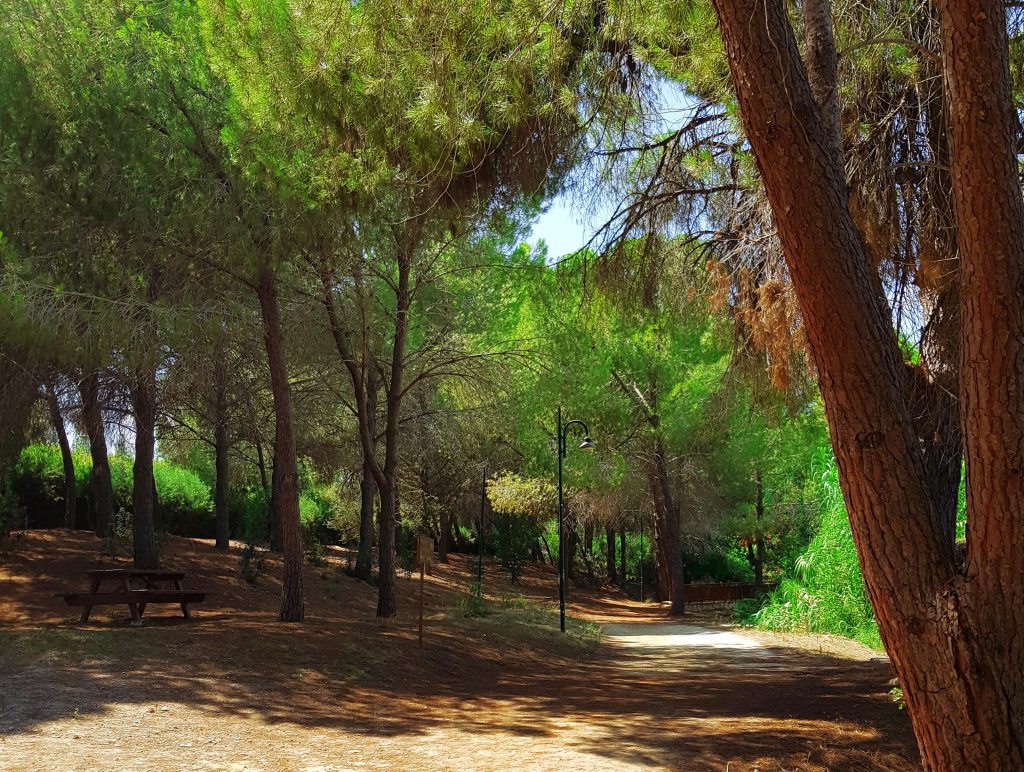
Objectives of the Centre
The Visitor Centre’s general objective is to present the environmental features of the Athalassa Park and to provide information about the Park’s values and recreational opportunities offered. It also provides information on selected aspects of the general environment of the broader area of Mesaoria Plain, Larnaka Salt Lake and Kavo Gkreko National Forest Park. Within this context, an important function of the Centre is the promotion of environmental education and awareness especially of schoolchildren but also of the general public.
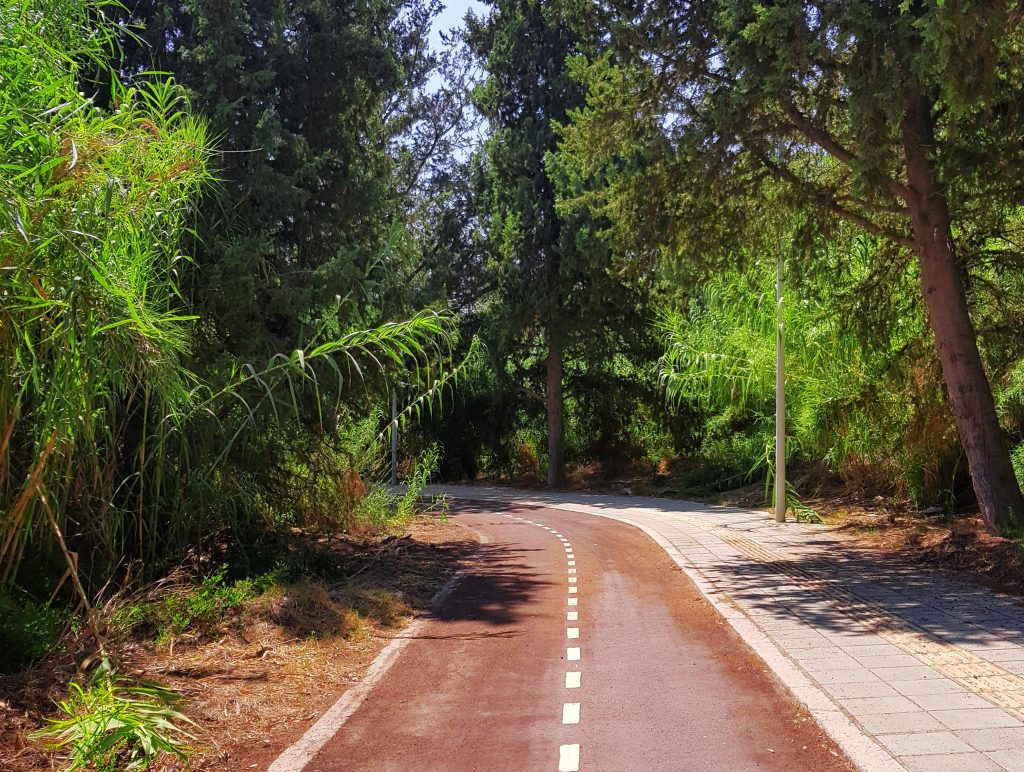
Facilities
The Centre is made up of a number of rather small spaces which include: a room with a scale model of the Athalassa Park, a laboratory, an office, four rooms with dioramas, a film/lecture theatre and exhibitions of geology, fauna and flora. A car park and toilets are also provided.

Exhibits
A scale model of the Park presents the major natural features, vegetation components and facilities of the Park. The dioramas are three-dimensional representations of selected, typical ecosystems of the general area showing the vegetation, birds, mammals and reptiles. Geological samples, fossils and related objects are exhibited in a separate room. Finally, the fauna and flora are presented through photographs, posters, samples and various other representations. Detailed information on flora and fauna can be obtained on properly designed computer screens.
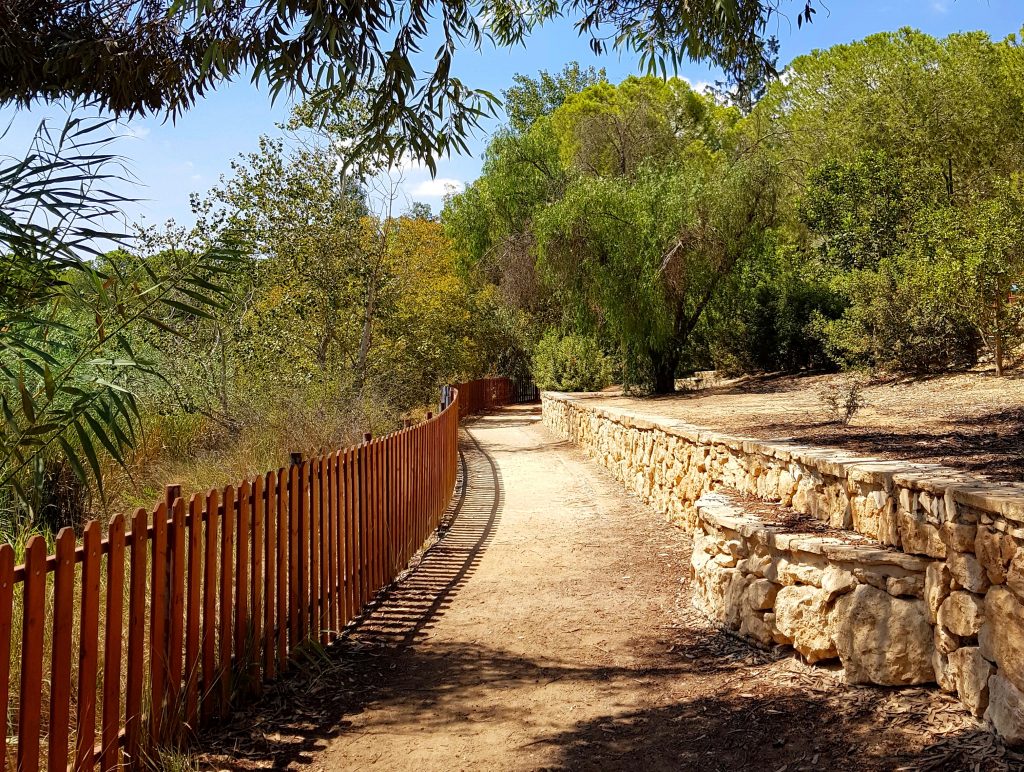
Film Theatre
In this room a 20-minute film is shown to visitors, about the general environment of the Athalassa Park, Mesaoria Plain, Larnaka Salt Lake and Kavo Gkreko area
Office / Shop
From here, visitors can obtain information including various leaflets of interest. Books and souvenirs related to the Park can also be purchased
Laboratory
A number of microscopes and stereoscopes are available enabling visitors, especially schoolchildren, to explore the microscopic world of selected plant and animal samples
The Garden
A garden has been established just outside the center, where many plants, mostly indigenous of the area, can be seen together with geological samples.
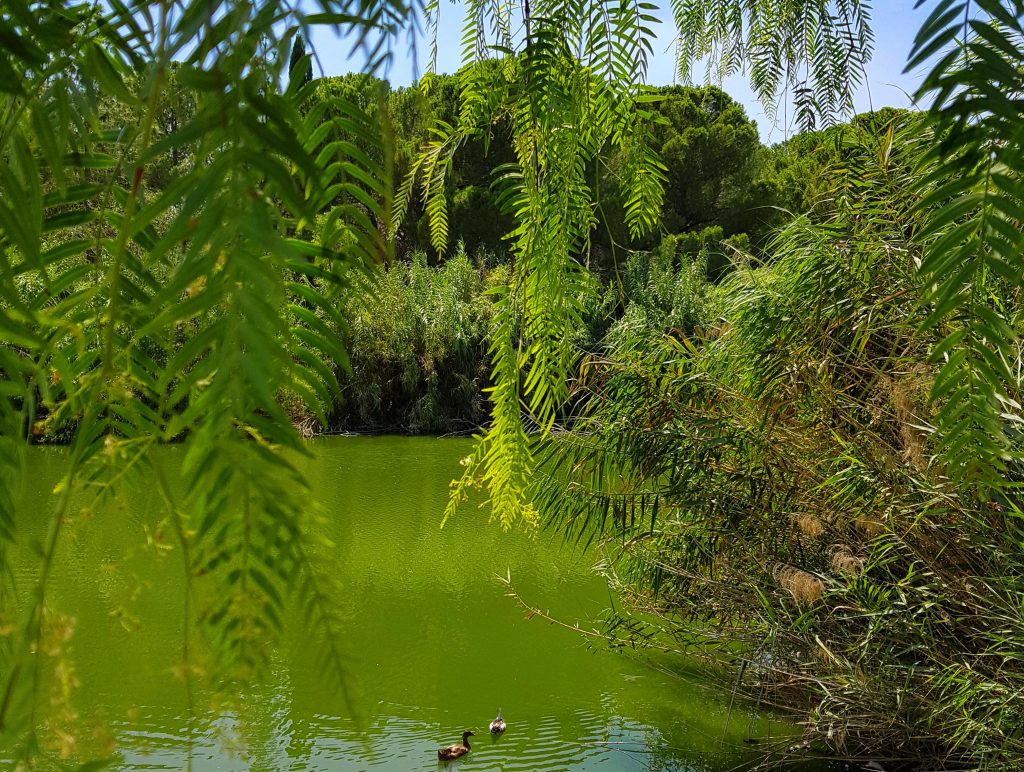
The Agios Georgios Park
The Centre is within walking distance from the Agios Georgios Park offering a variety of recreational facilities and a pleasant environment.
Entrance Fee
Visitor Centre: Adults / children over 6, €1,00 / Children under 6, free
Working Hours
The Visitor Centre is open during working days.
Working Hours are:
Monday – Friday: 07:30 – 15:30
Closed on weekends and Public Holidays
Cycling Route National Forest Park Athalassa
Difficulty rate: An easy route for all types of bicycle.
Road condition: Paved road throughout.
Route description: National Forest Park Athalassa was given a 16km long bicycle path on the initiative of the Forestry Department. It is a popular area for the inhabitants of the capital, who go there to exercise or just for fun.
National Forest Park Athalassa is located south of Nicosia (Lefkosia) and to the east of the Nicosia – Limassol motorway.
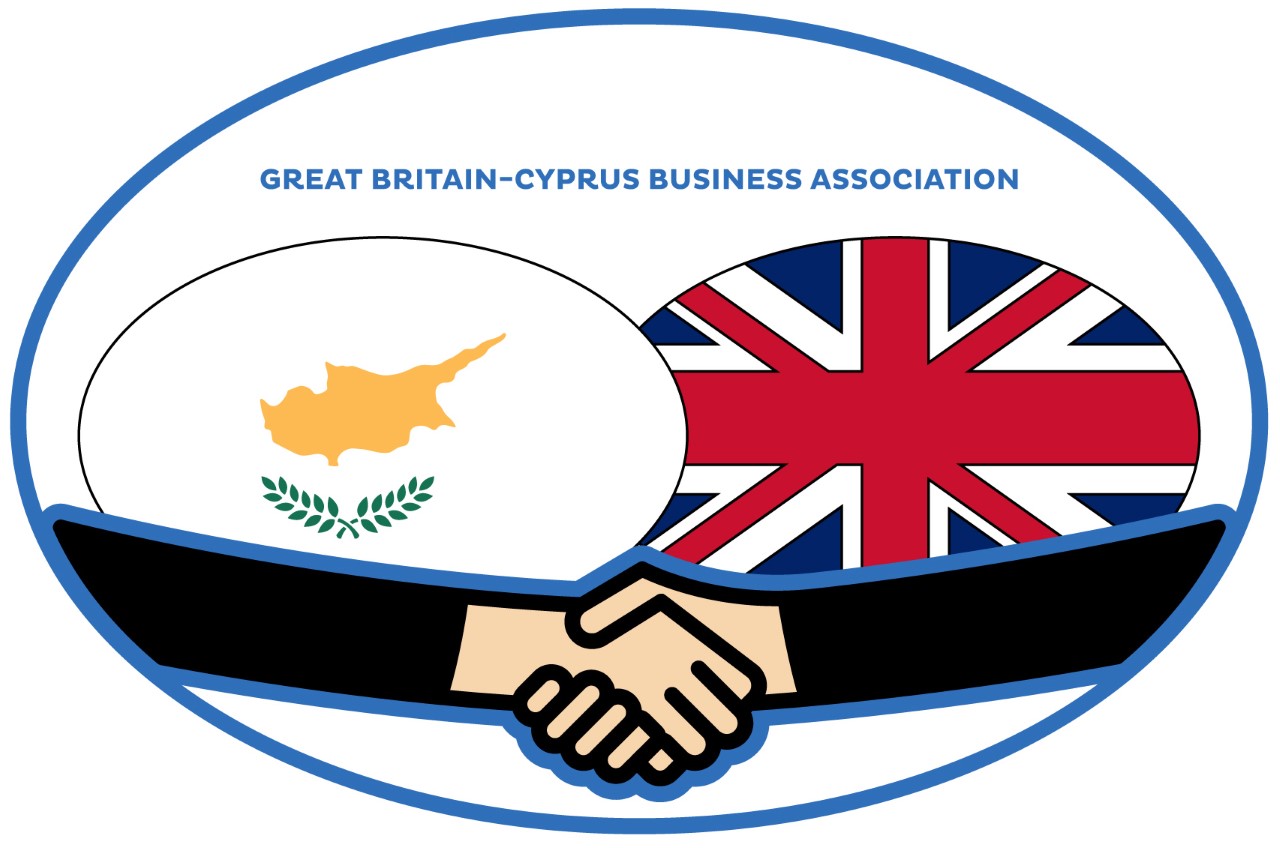

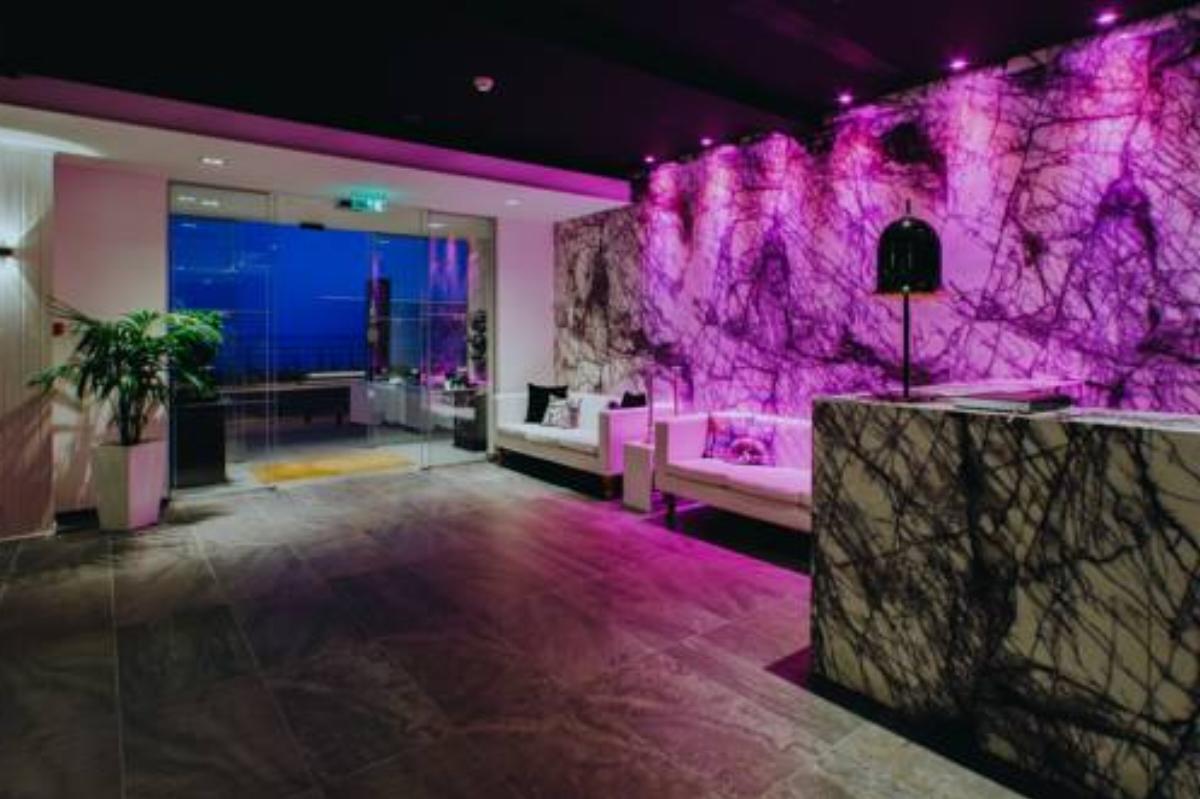
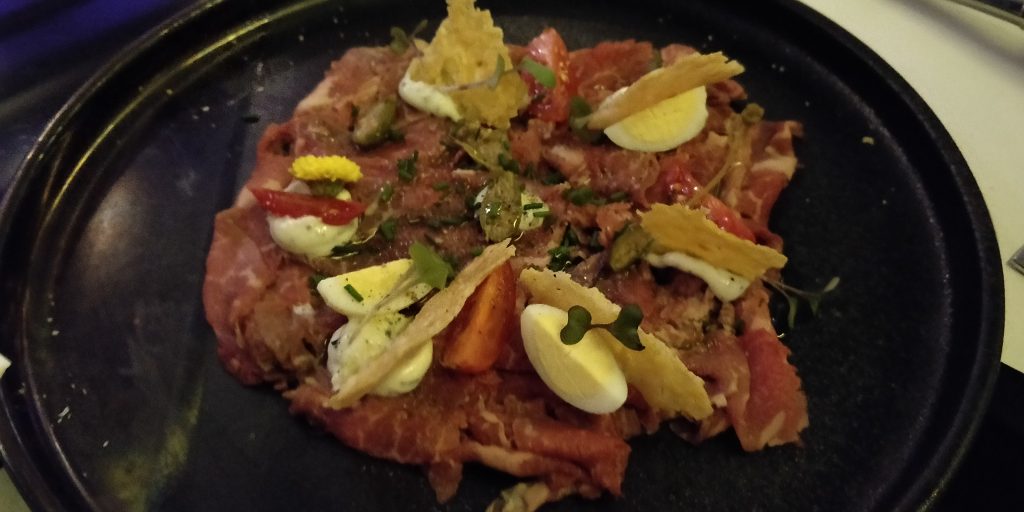
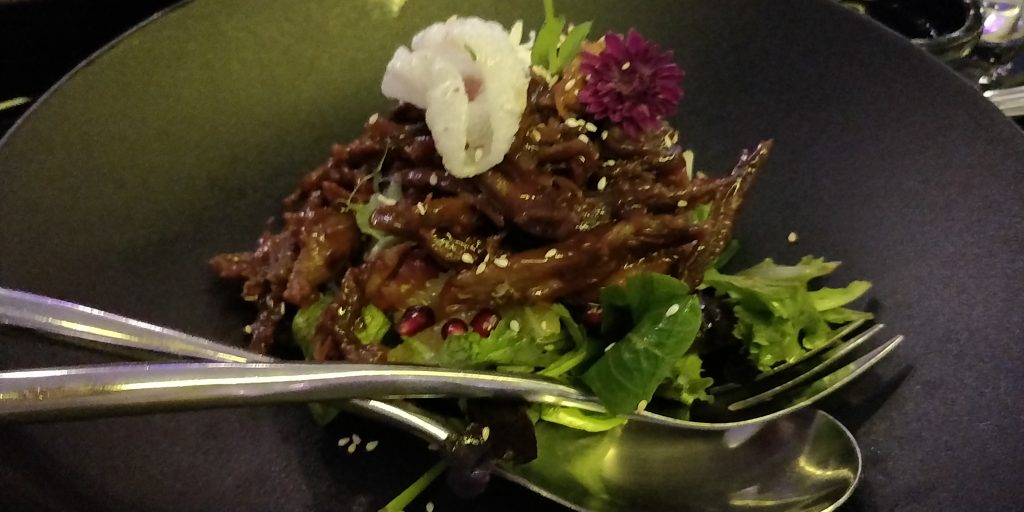
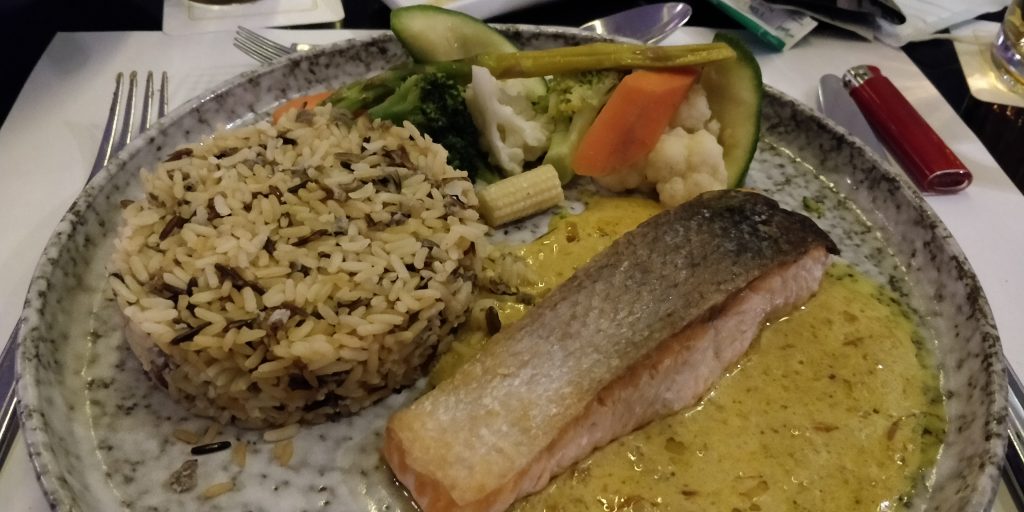
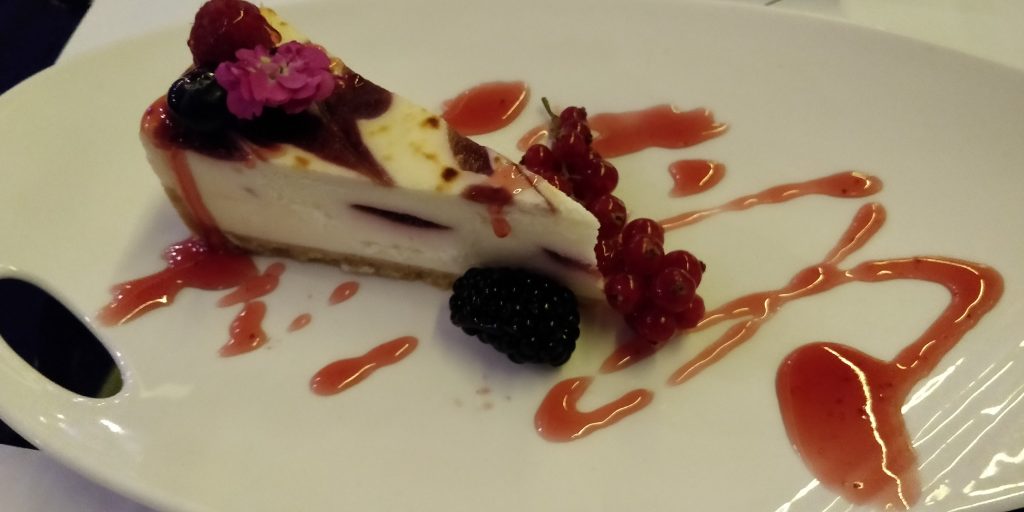
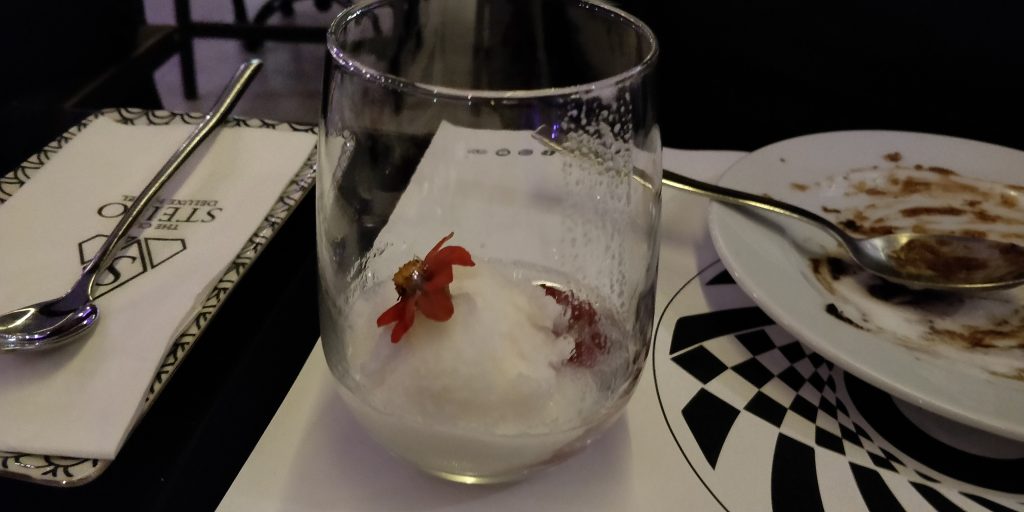
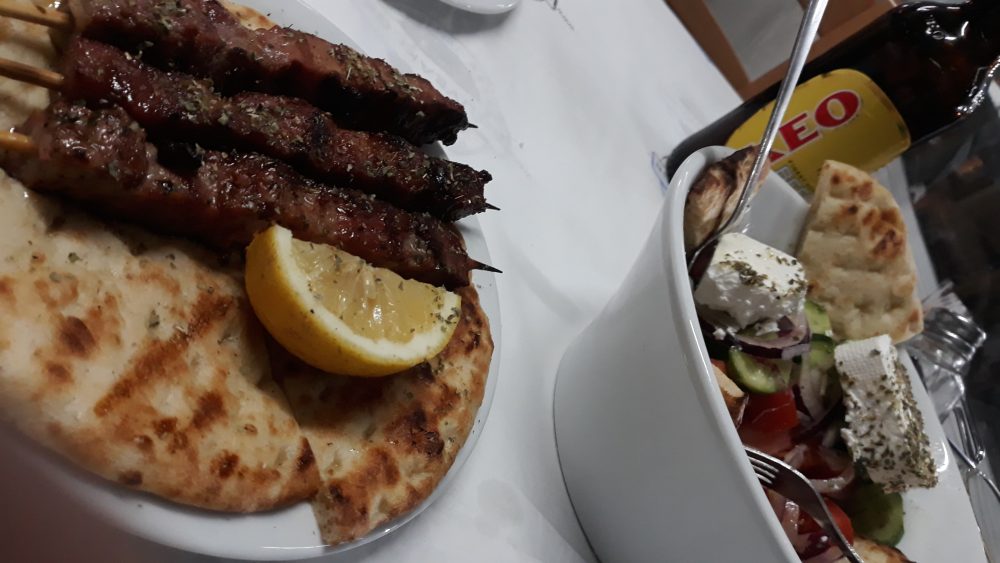
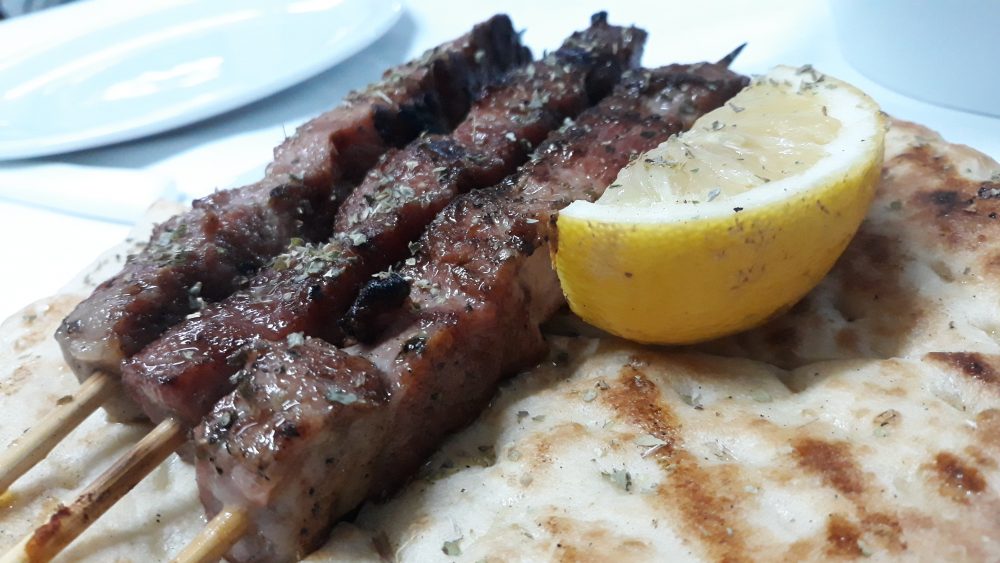
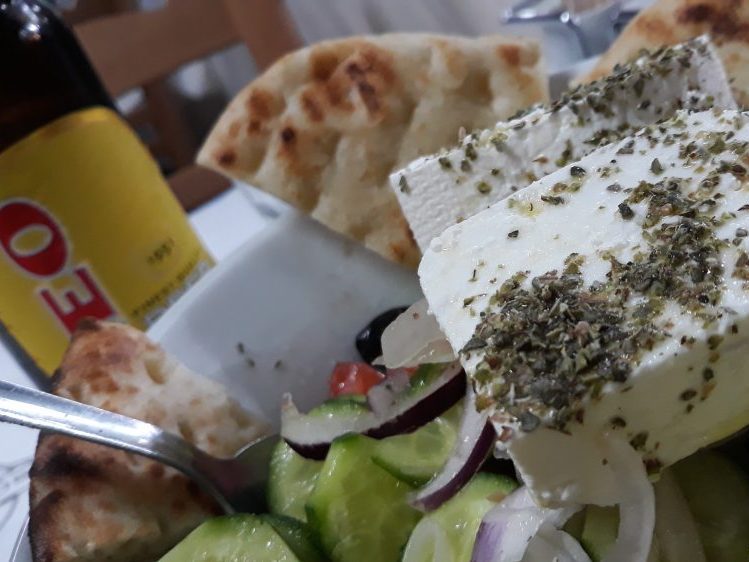
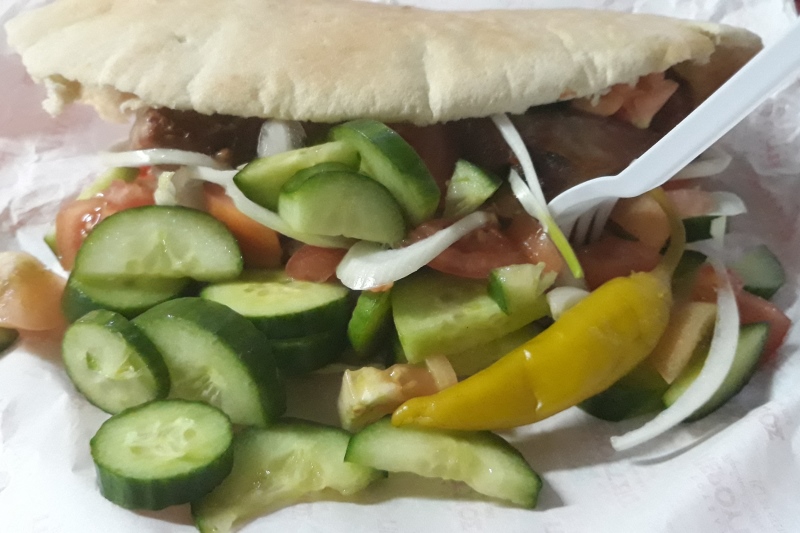
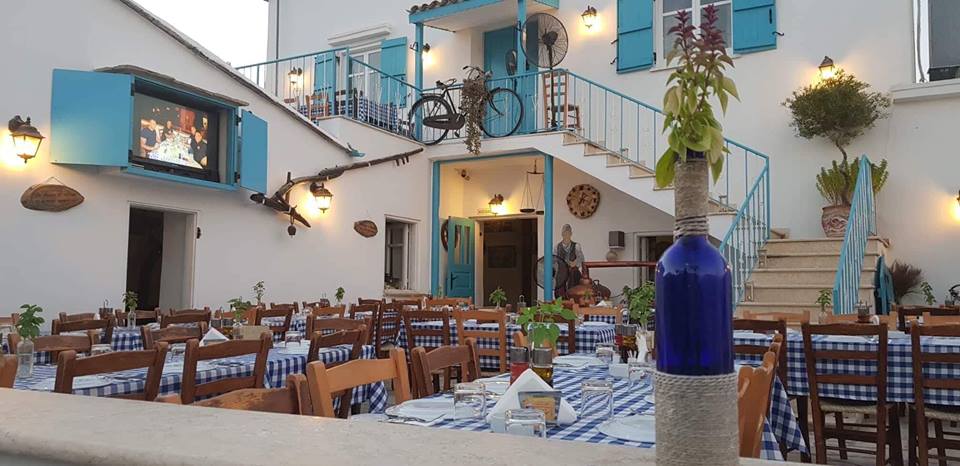
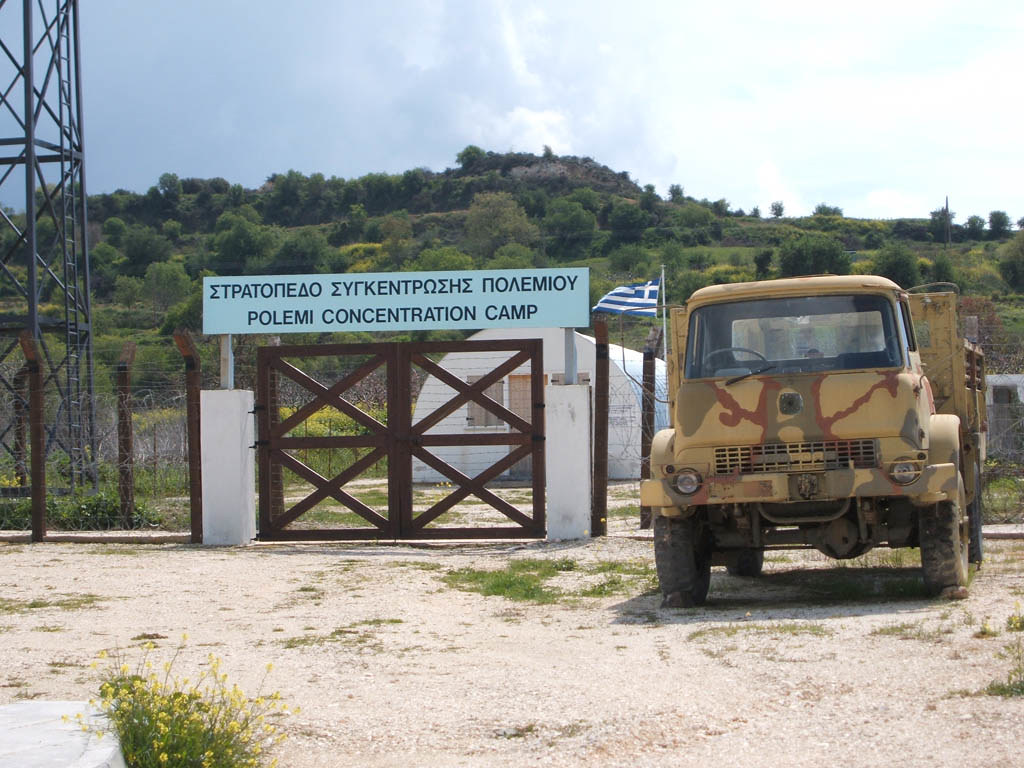
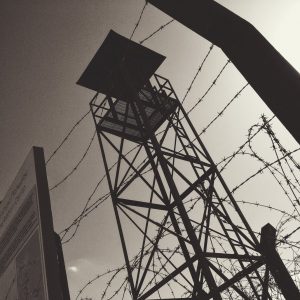 Today, little remains of the original camp, apart from the imposing guard tower, two old army vehicles, and a small tin Nissen hut housing important artefacts, including a miniature model of the camp in its original state.
Today, little remains of the original camp, apart from the imposing guard tower, two old army vehicles, and a small tin Nissen hut housing important artefacts, including a miniature model of the camp in its original state.
